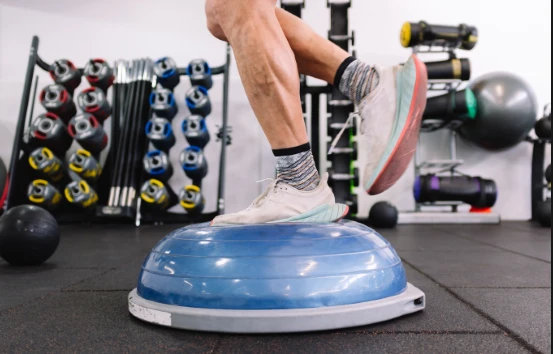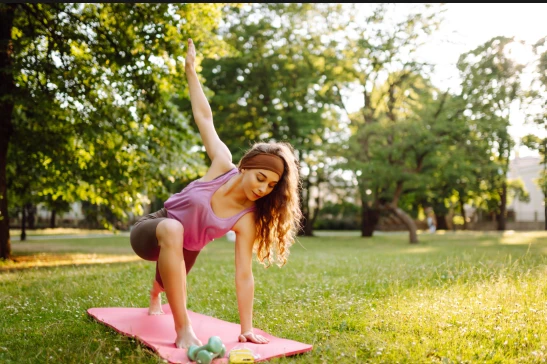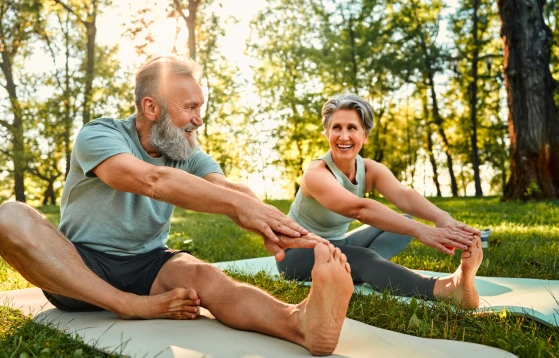Authored by Terrence Shenfield MS, RRT-ACCS, RPFT, NPS, AE-C
Maintaining physical stability and preventing falls is a vital goal for seniors. As we age, balance, coordination, and muscle response often decline, making everyday tasks more challenging. The positive news is that consistent practice of exercises to improve coordination can dramatically strengthen stability and minimize the chance of falls or injuries.
This article explores key strategies, benefits, and practical fall prevention exercises—helping seniors live more confidently and independently.
Why Coordination and Fall Prevention Matter
The Importance of Coordination
Coordination keeps our bodies synchronized and responsive. It allows fluid movement, quicker reflexes, and better performance in day-to-day activities like walking, lifting, or climbing stairs. Regular coordination training helps maintain mobility and prevents the stiffness that comes with aging.
Why Focus on Preventing Falls in Seniors
Falls are one of the top causes of injury among those aged 65 and older. According to the CDC, one in four seniors experiences a fall each year, many resulting in hospitalization. Building a daily routine around fall prevention exercises helps protect mobility, confidence, and independence.
Benefits of Better Coordination and Fall Prevention
- Improved Independence: Stay capable of performing daily activities without assistance.
- Boosted Mobility: Move comfortably and confidently during social or recreational activities.
- Enhanced Mental Health: Coordination exercises stimulate focus and confidence, supporting overall well-being.
To learn more about improving coordination, explore our detailed guide here.
Effective Exercises to Improve Coordination
These movements should be part of every senior’s wellness plan, as they help rebuild balance, reflexes, and flexibility.
1. Balance on One Leg
Stand on one leg for 10–15 seconds, switch, and repeat. This simple move enhances balance and strengthens leg muscles. Use a chair for safety until confident.
2. Toss and Catch
Use a tennis ball or beanbag to improve hand-eye coordination. Toss and catch solo or with a partner to build reaction speed while keeping it fun.
3. Heel-to-Toe Walk
Walk in a straight line by placing one foot’s heel directly before the other’s toe. This exercise challenges your balance and sharpens coordination.
For more coordination exercises, check out this article.
How to Prevent Falls in Seniors
Preventing falls involves physical activity, environmental awareness, and simple lifestyle changes that together create a safer daily routine.
Create a Safe Home
- Eliminate Hazards: Keep walkways clear of clutter, cords, and rugs. Add handrails and grab bars where needed.
- Improve Lighting: Brighten hallways, stairs, and bathrooms to avoid nighttime accidents.
- Wear Safe Footwear: Choose non-slip shoes or slippers for steady traction.
Stay Active
Activities like walking, yoga, and Tai Chi build strength and balance. Regular movement is one of the most effective ways to reduce fall risk and maintain confidence.
Top Fall Prevention Exercises
To strengthen the core and improve balance, these targeted movements are especially effective for seniors:
1. Chair Squats
Sit halfway down on a chair, then return to standing. Repeat to strengthen legs, glutes, and core stability.
2. Side Leg Raises
Hold a sturdy chair and lift one leg sideways. Switch sides. This improves hip strength and lateral stability.
3. Toe and Heel Raises
Stand flat, rise to your toes, then rock back to your heels. This exercise builds lower-leg strength and ankle control.
Find additional fall prevention exercises on your personalized balance guide.
Incorporating These Habits Into Daily Life
Consistency is key. Integrate small activities into your everyday routine to strengthen coordination and balance naturally.
- Start Small: Practice just 10 minutes daily to form lasting habits.
- Make It Social: Involve friends or family to stay motivated.
- Stay Consistent: Regular effort brings visible improvement within weeks.
Steps Toward an Active, Safe Lifestyle
Through focused movement, proper posture, and awareness, you can maintain agility and confidence. The combination of fall prevention strategies and coordination exercises empowers seniors to stay active longer and reduce injury risk.
Consider enjoyable coordination-based games like ping pong, light dancing, or gentle stretching routines to add variety and fun. Small, mindful steps today create a strong foundation for lifelong stability.
For expert guidance and updates, explore the latest coordination resources here.
References
- Centers for Disease Control and Prevention (CDC) – “Important Facts About Falls.”
- ATECAM Health Blog – How to Improve Coordination Skills.
- National Institute on Aging – “Preventing Falls at Home.”
- Harvard Health Publishing – “Simple Balance Exercises for Seniors.”



